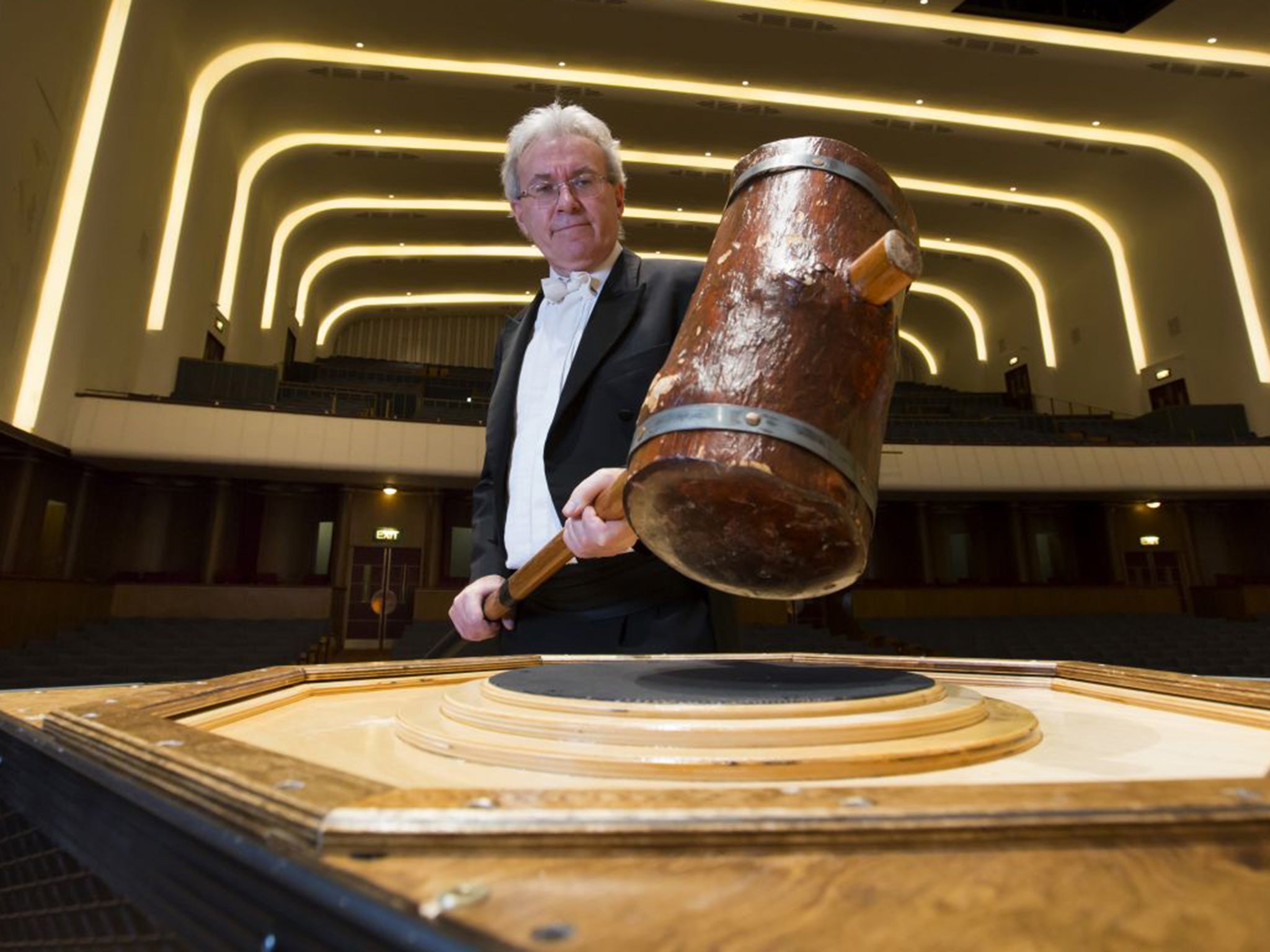Of Mahler's nine symphonies (or ten), his Symphony no. 6 must be the one embroiled in the most controversy for performing. As a spoiler, I really don't care about any of this, other than being aware there are differences.
First the hammer blows (or Hammerschlag) of the final movement. Mahler wrote in three of them, and later reduced it to two. Also, what should a hammer blow sound like? As I understand it, it should not be pitched, like an anvil, but rather more of an aggressive thud. Most seem to adopt a humorously large mallet with some type of wooden setup.
The more contentious issue is the order of the inner movements. Apparently, Mahler always performed the work with the Andante as the 2nd movement and the Scherzo as the 3rd. However, in composing and in preparations, the composer toyed with the opposite; Scherzo as second and Andante as Third.
There are a couple reasons why I don't care. With the advent of recorded technology, I can order the music how I wish, so anyone who wants to hear it a certain way, can do so. In addition, if a conductor has a particular vision of the work, who am I to argue? As I said, if I disagree with that vision, I can reorder it myself. Also, it can depend on the tempos the conductor uses; the relationships between movements can be too similar to put next to one another.
If I may add one more pointless digression to the conversation, I would like to mention the cowbells. How pitched should they be? How many cows should there be and how much of a hurry are they in? Sometimes they sound like the percussionists are doing the dishes at the back of the orchestra, and other times they are akin to lazy wind chimes. Oh well...
As to the work itself, Symphony 6 is sometimes subtitled as the 'Tragic', yet like many of his other symphonies, I don't find the music overly so. Mahler's musical journey in the Sixth is not forbidding, nor depressing, but certainly sprinkled with rancor. The trenchant march of the opening can certainly be frightening, and if the Scherzo follows, that idea is continued into the opening of the next. Otherwise, the second movement is mostly rustic dancing paired with burbling witches-brew scariness and the insistence from the opening.
The Andante Moderato is perhaps my favorite slow movement from all of Mahler's symphonies. It is the ultimate musical encapsulation of peace and comfort, with only two or so diversions into darkness. Best of all, it is not saccharine or overcooked, and this is probably why I enjoy it so.
The Final movement is the longest of the work, most running past 30 minutes in length. As with his other symphonies, many of Mahler's musical ideas are carried throughout, and I love the wide leaping melodic lines which infest this music. Again, the work might end in a bit of a huff, but I generally hear a positive theme and triumph.
1970: Chicago SO, Solti
1979: London SO, Levine
1998: Atlanta SO, Levi
For now, we will have a very basic list of Mahler reviews above. The current list covers the most recent spate of listened recordings, not necessarily the best or most worthwhile. The older recordings are from our collection but newly reviewed, and the newer recordings represent recordings which were recommended to me. Until we at The Oozy Channel Keep have gotten ourselves up and running, this should suffice and we can reorganize the page a little more coherently in the future.



